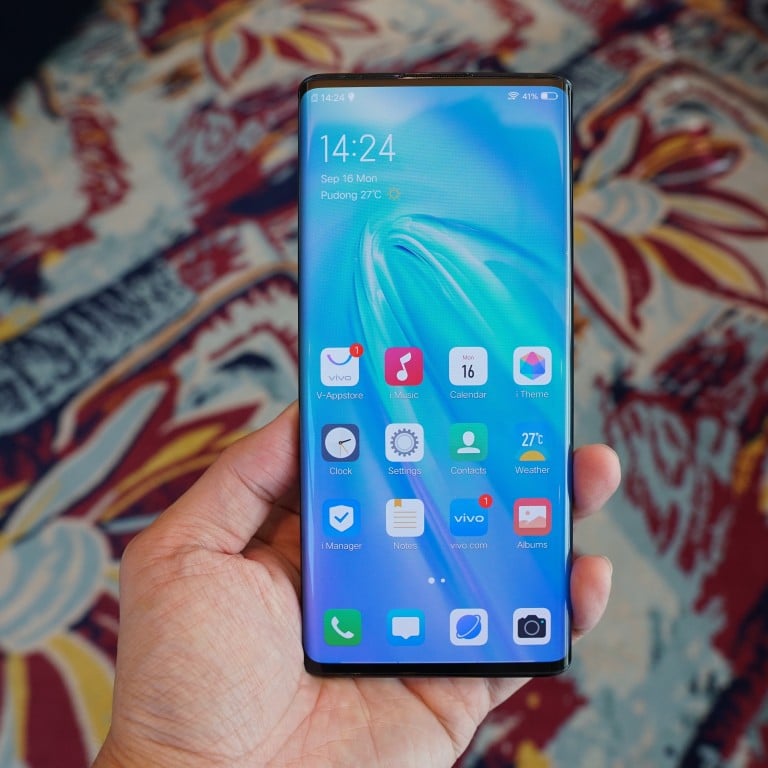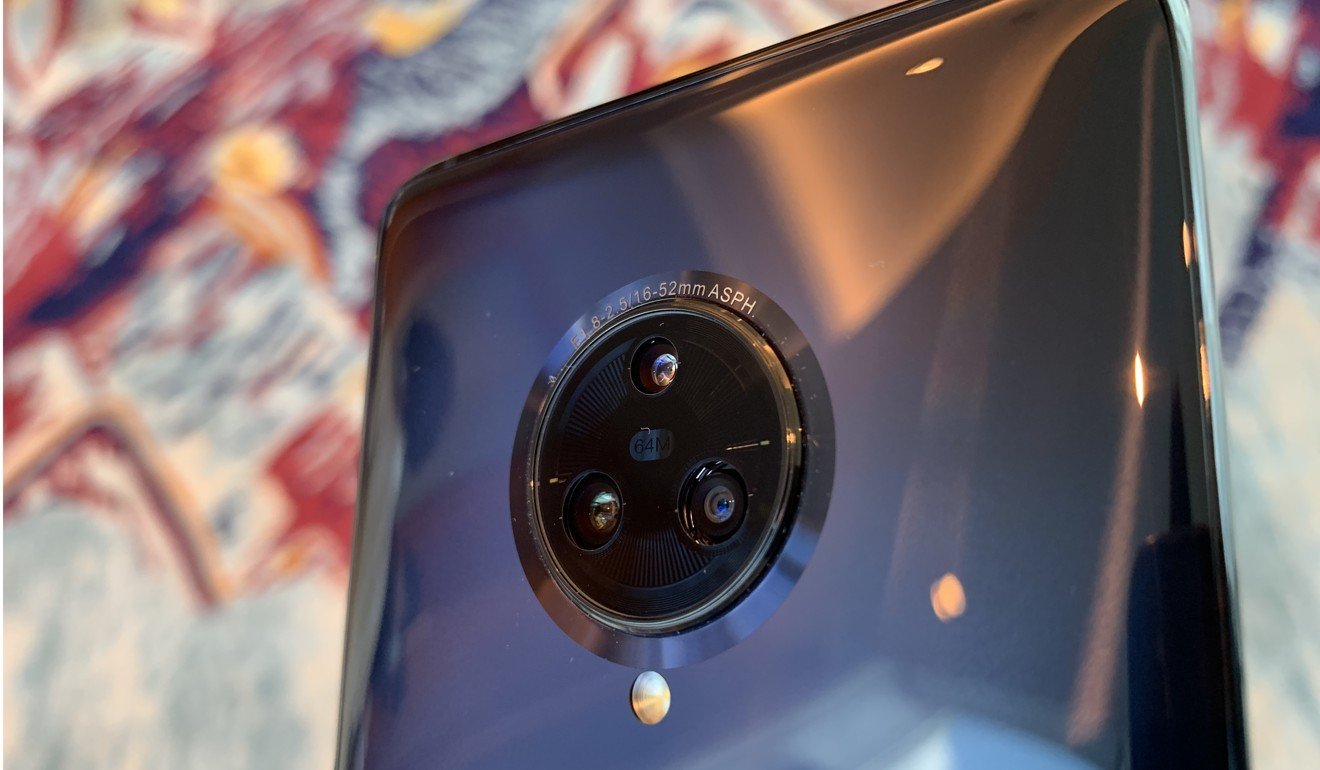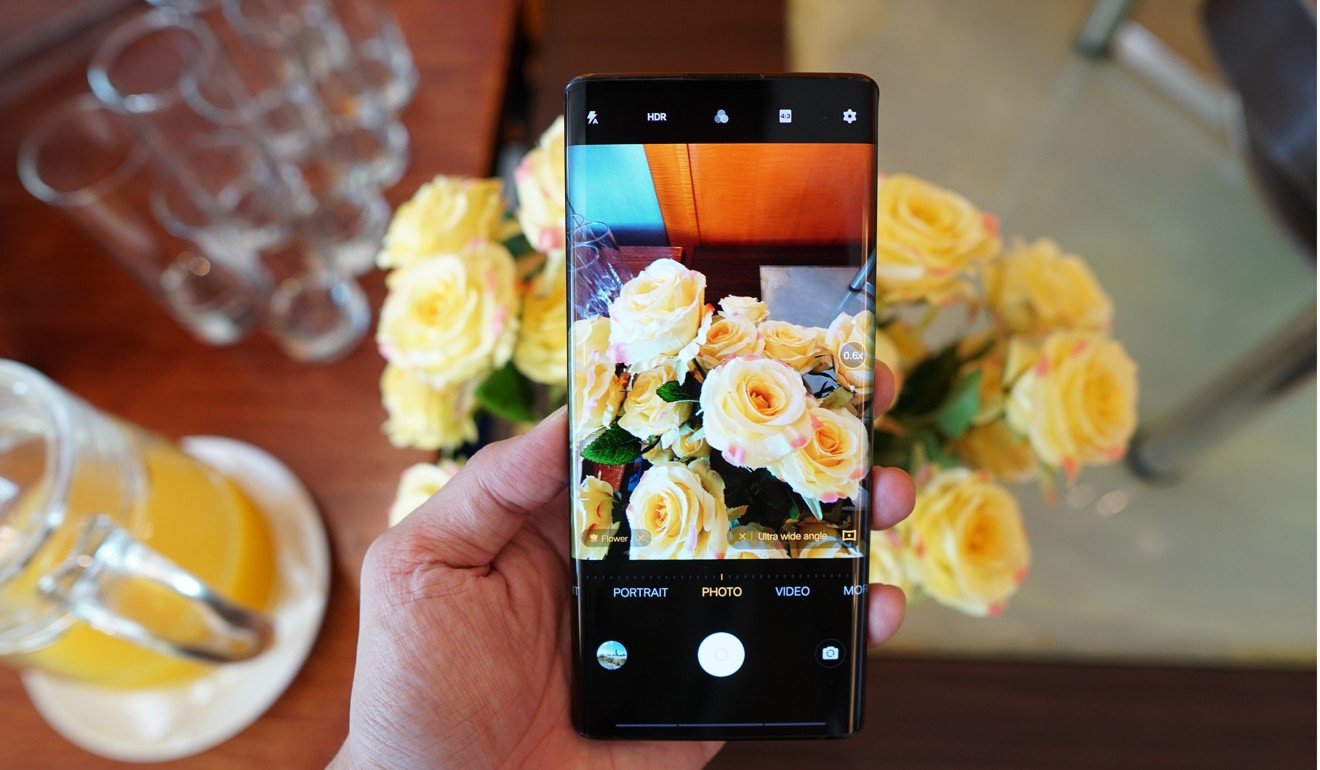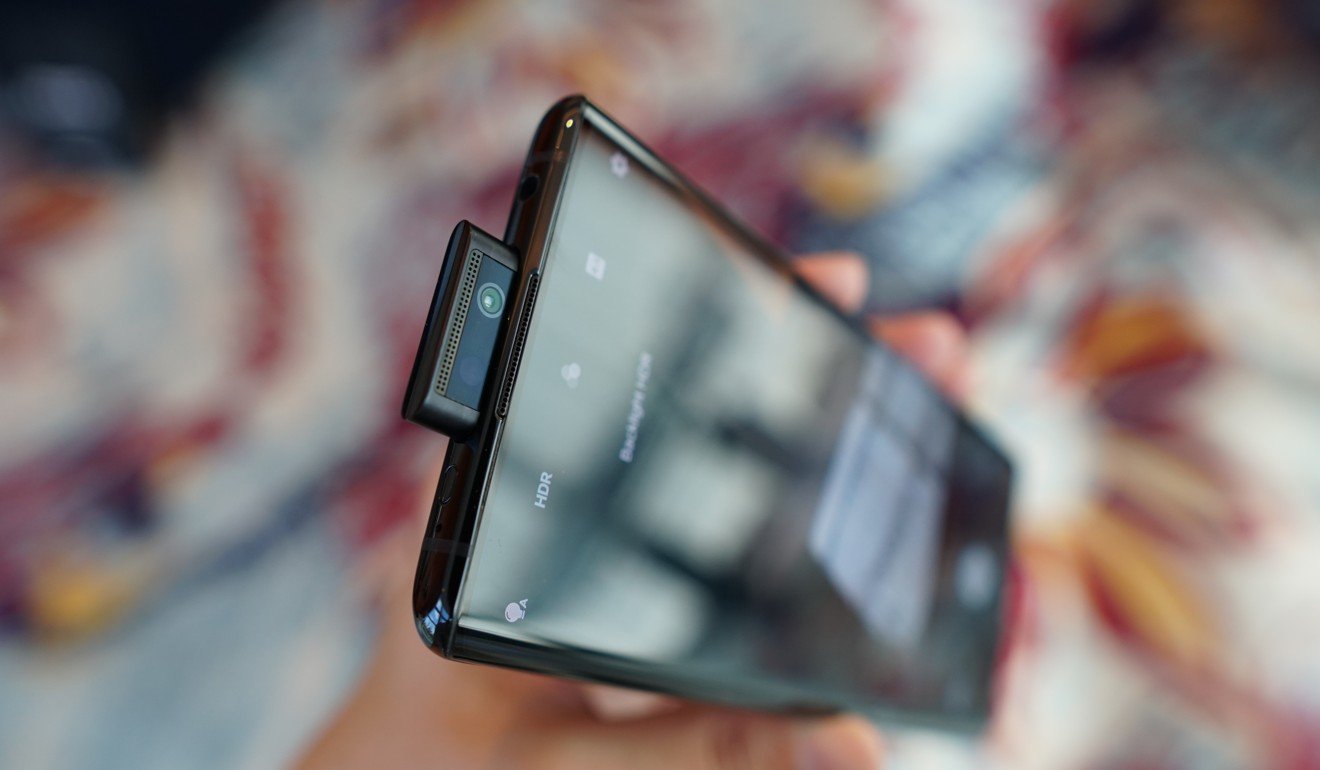
Vivo Nex 3 first look: almost everything you want from a smartphone, and for less than other flagship handsets
- With its huge 6.9-inch ‘waterfall screen’, triple camera and fast charging battery, the Nex 3 is very good value for money; the premium version is 5G-ready
- It lacks wireless charging, waterproofing and stereo speakers, and runs on Android 9 when Android 10 is near launch, but is cheaper than most high-end phones
Vivo this week unveils the Nex 3, the latest flagship smartphone from the Chinese company. I got the chance to test the phone for a few hours, and if I have to sum up the phone in a word, it’s “more”.
The Nex 3 has more of everything that’s in rival Android handsets.
Vivo calls this its “waterfall screen”, and the dramatic curvature – the edges slope off at a near 90-degree angle – is eye-catching.

Around the back, the Nex 3 sports a triple-camera system headlined by a 64-megapixel camera. This type of pixel count would have seemed unbelievable just a couple of years ago, but that’s the pace at which mobile technology and components are innovating.
The sensors are from Samsung, and they’re mostly used to shoot pixel-binned 16-megapixel shots (pixel-binning is the process of combining four pixels’ worth of data into one for a more detailed, better lit image). But you can also shoot at full 64-megapixel resolution to produce an image that can be blown up.

Factor in the built-in 5G connectivity and the whopping 4,500mAh battery, which charges two-and-a-half times faster than the Apple iPhone 11 Pro, whose rapid charging was itself an eye-opener, and we have a phone that offers “more” of everything.
Well, almost. There are some noticeable omissions, such as stereo speakers, wireless charging, and waterproofing. But considering the Nex 3 is also slightly cheaper than the top offerings from Apple, Samsung and Huawei, I think that’s a fair compromise.

The display is entirely uninterrupted. The selfie camera, in typical Vivo fashion, is hidden in an elevating module – and despite the dramatic curves, I didn’t encounter many accidental palm touches.
Vivo says it worked years to develop an “anti-mistouch” algorithm that detects how the phone is being held and prevents the screen from being accidentally activated. This worked like a charm during my testing, as I purposely gripped the phone tighter than usual to ensure part of my palm was pressing against the side of the screen, and I was still able to use the phone without issues. This is an admirable software breakthrough on Vivo’s part, as erroneous palm touches have long been a problem with Samsung’s curved-screen phones.
Alongside the phone’s 64-megapixel camera are a pair of 13-megapixel lenses, one offering a 120-degree wide-angle view and the other a 2X telephoto zoom. The phone can achieve 20X digital zoom by combining pixels from the 64-megapixel lens and the telephoto camera.

The phone runs on Android 9, with Vivo’s FunTouch OS on top. This is probably the phone’s biggest letdown – Android 10 is just around the corner, and FunTouch OS is not one of my preferred Android skins. It’s not unusable, but I’d rank FunTouch OS behind OnePlus’ OxygenOS, Oppo’s ColorOS, Xiaomi’s MIUI and Samsung’s One UI. But that’s just my opinion.
What’s more objective is that, with a starting price of 4,998 yuan (US$707) for the base model (8GB RAM, 128GB ROM without 5G connectivity) and 6,198 yuan for the decked out version (12GB RAM, 256GB ROM, with 5G connectivity), the Vivo Nex 3 is cheaper than most other flagship phones with a longer spec sheet.
Vivo says the device will go on sale in China this month and reach other Asian markets, likely including Hong Kong, by October.
For more insights into China tech, sign up for our tech newsletters, subscribe to our Inside China Tech podcast, and download the comprehensive 2019 China Internet Report. Also roam China Tech City, an award-winning interactive digital map at our sister site Abacus.

